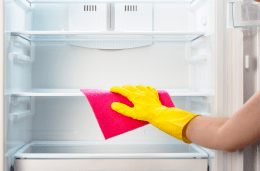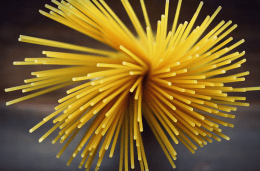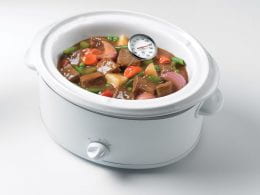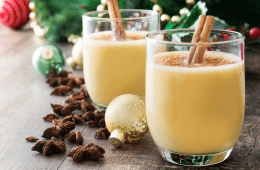The Farmers Market/Direct-to-Consumer Sales Conference, held in partnership by K-State Research and Extension and the Kansas Department of Agriculture, will be held January 31-February 4, 2022.
This year, participants can join the conference virtually from their location or join with others at one of 17 “watch parties” at various Extension offices across Kansas. We thank those locations for offering to host these sessions.
January 31, 2022: Food Safety for Value-Added Food Products
February 1, 2022: Sales Tax, Food Packaging, and How to Care for your Certified Scales
February 2, 2022: Meat and Poultry, Kansas Value Added Meats Lab
February 3, 2022: Accepting EBT/SNAP & Double Up Food Bucks
The half-day workshop on February 4, 2021, 8:30 a.m. to 1:00 p.m. will cover topics such as How to Market your Market and Booth, How to Identify Common Legal Risks, Senior Farmers’ Market Nutrition Program, Vegetable Production, From the Land of Kansas program, and resources available from KSRE. Keynote speaker Brian Coppom, Colorado Department of Agriculture, will discuss Best Practices for Business Success for farmers’ markets.
KDA’s weights and measures program will offer free scale certification with a paid registration to an online workshop.






